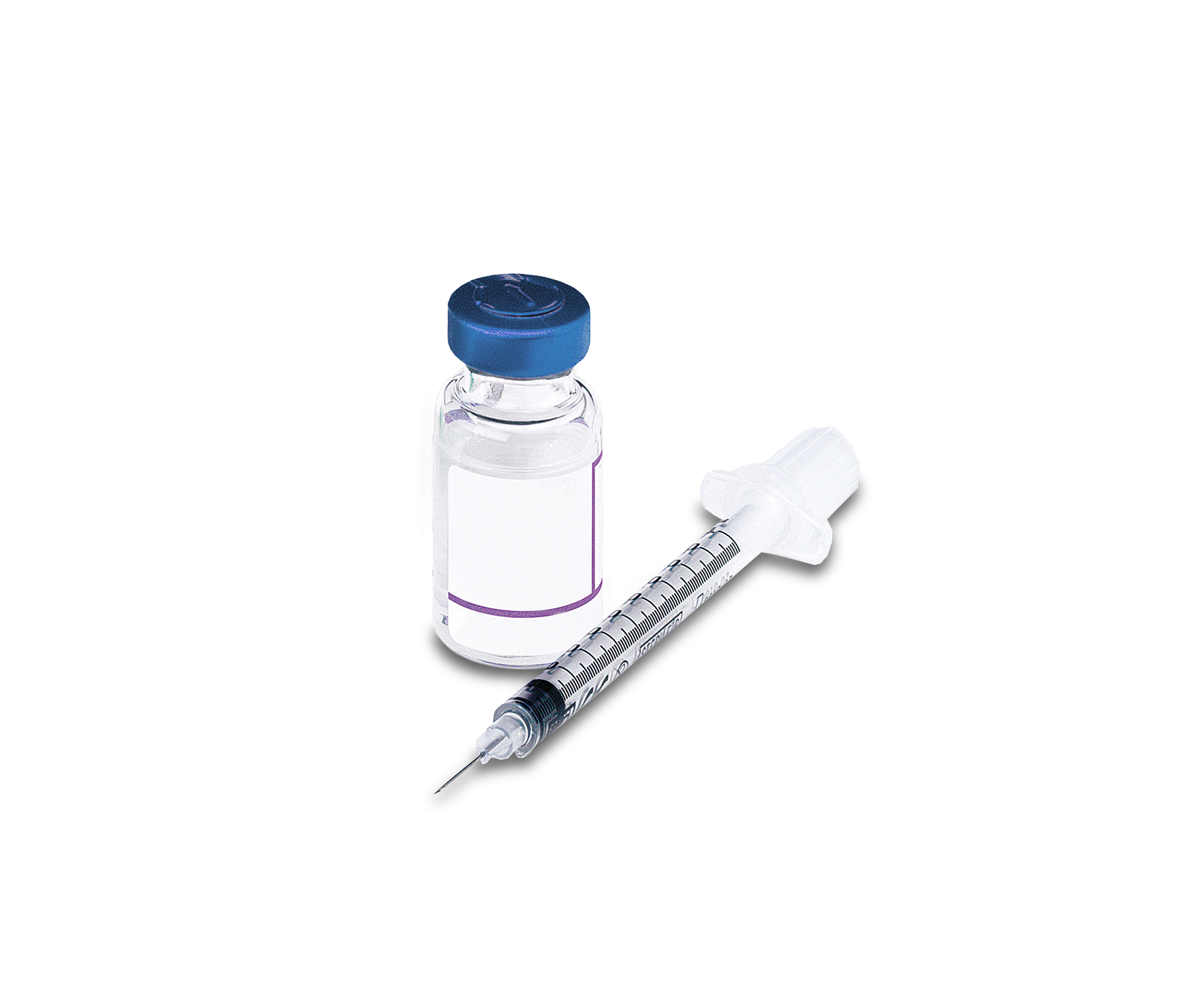.png)
PAX® – Pet Allergy Xplorer – Serum Test
PAX is the first quantitative multiplex macroarray specifically designed for companion animals that...
Read morePAX is the first quantitative multiplex macroarray specifically designed for companion animals that tests for both allergen extracts and molecular components. Molecular allergology is a state-of-the-art approach to the detection of sensitisations, whereby defined single allergen components are used for the determination of specific IgE in place of traditionally-used allergen extracts. The molecular components are recombinant proteins that provide a higher level of standardisation than allergen extracts and enable a more precise identification of IgE sensitisations. Molecular allergology tests are powerful tools that help pinpoint allergy triggers, thus facilitating risk assessment and therapy decisions.
PAX is the first quantitative multiplex macroarray specifically designed for companion animals that tests for both allergen extracts and molecular components. Molecular allergology is a state-of-the-art approach to the detection of sensitisations, whereby defined single allergen components are used for the determination of specific IgE in place of traditionally-used allergen extracts. The molecular components are recombinant proteins that provide a higher level of standardisation than allergen extracts and enable a more precise identification of IgE sensitisations. Molecular allergology tests are powerful tools that help pinpoint allergy triggers, thus facilitating risk assessment and therapy decisions.
.png)
PAX is the first quantitative multiplex macroarray specifically designed for companion animals that...
Read more
PAX® is the first quantitative multiplex macroarray specifically designed for horses that tests for...
Read more
Immunotherapy is the only treatment that addresses the root cause of allergies while also reducing...
Read more